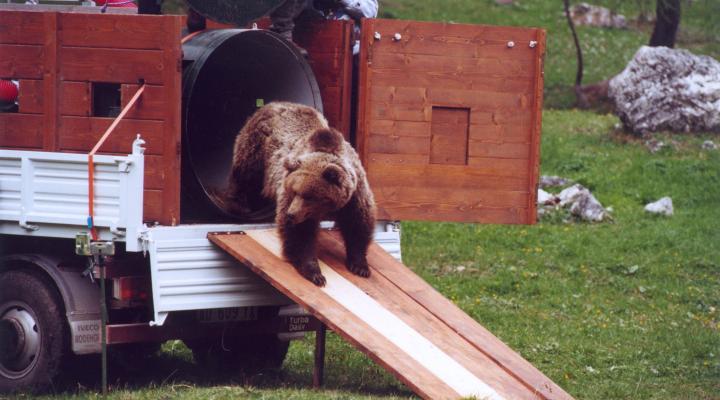Arcadia, 2014, no. 16
Situated on the Polish-Slovak border, the Tatra Mountains are protected by two neighboring National Parks. The history of the parks, which began in the 1880s, is deeply marked by the situation of these mountains on an imperial, and subsequently national, borderland.
